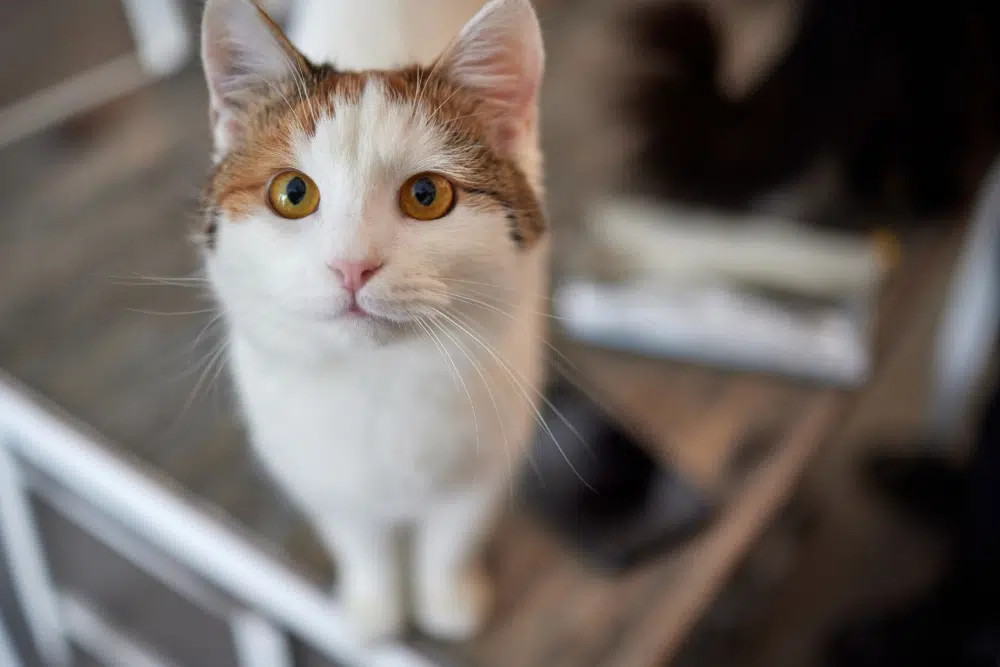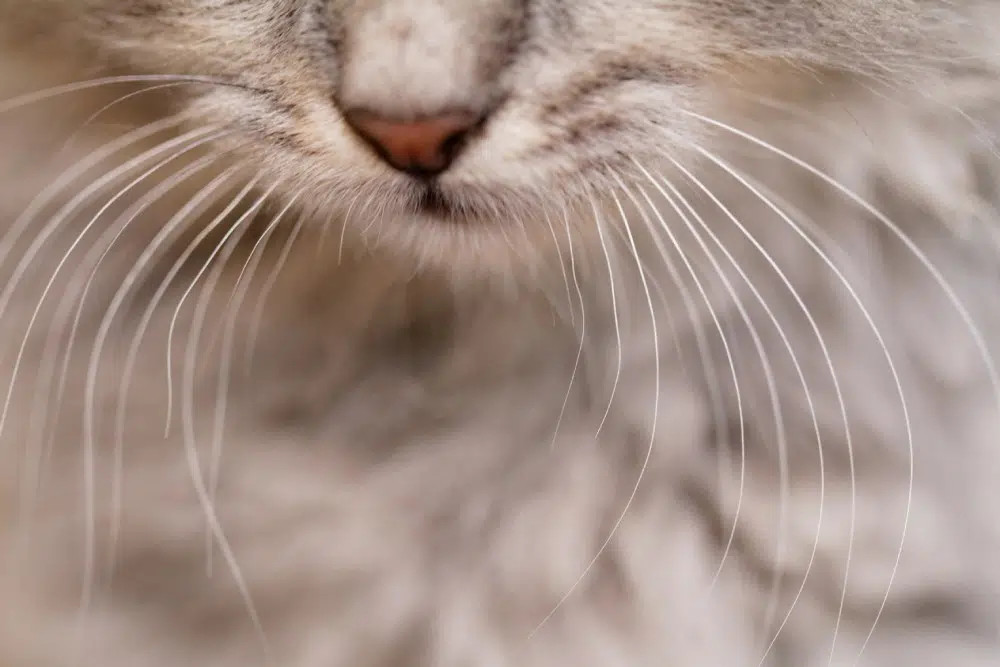Knowing the gender of your cat is more than just a matter of curiosity; it can be crucial for understanding their behavior, potential health issues, and providing appropriate care. While both male and female cats share many similarities, they also exhibit distinct physical and behavioral differences. Accurate gender identification is especially important if you’re adopting a cat, planning to breed, or simply want to be fully informed about your feline companion.
The most definitive method for determining a cat’s sex is by examining their genitals. However, there are also subtle clues in their facial features that can offer hints, especially in adult cats. This guide will explore both approaches, helping you learn how to confidently identify your cat’s gender.
Note: In this article, we use “sex” to refer to the biological classification of cats based on their chromosomes and physiological characteristics. While “gender” is a broader term, in this context, we are focusing on biological sex.
Identifying Cat Gender by Facial Features
While not as reliable as examining the genitals, a cat’s face can sometimes offer clues about their gender, particularly in mature, unneutered cats. Hormonal differences, especially testosterone in males, can lead to noticeable variations in facial structure. Here are three key facial features to consider:
1. Head Shape
 close up of a tabby cat
close up of a tabby cat
Image Credit: elifilm, Shutterstock
Male cats, especially those who are not neutered (intact males), typically have a more pronounced and robust head shape compared to females. Their heads tend to be larger and rounder, with more angular facial features. This broader facial structure in males is largely attributed to testosterone. This hormone plays a significant role in muscle development and stimulates the release of growth hormones, which in turn contribute to increased bone density and growth, leading to a wider, more masculine-looking face.
Conversely, female cats generally exhibit softer facial contours and more refined, delicate features. Their head shape is often less angular and more subtly rounded than that of males.
2. Jowls and Snout
 Anatolian cat face close up
Anatolian cat face close up
Image Credit: Vershinin89_Shutterstock
Prominent jowls, sometimes affectionately called “tomcat cheeks,” are a strong indicator of a male cat, particularly if they are unneutered. These chubby cheeks are a direct result of testosterone. Beyond adding to a tomcat’s distinctive appearance, these developed jowls serve a protective function, providing cushioning and defense for their face and neck during fights, which are more common among intact males competing for territory or mates.
In addition to jowls, male cats often have snouts that appear longer and broader compared to female cats. This contributes to the overall more substantial and angular appearance of their face.
3. Whiskers
 close up long white whiskers and nose of a gray cat
close up long white whiskers and nose of a gray cat
Image Credit: Nneirda, Shutterstock
Whiskers are sensory tools for cats, helping them navigate their environment. These specialized hairs are used to gather information about the size and texture of objects as a cat brushes against them. Whiskers are especially useful when cats are assessing whether they can fit through narrow spaces. Given that male cats are typically larger in overall body size than females, it follows that their whiskers might also be proportionally longer.
Intact adult male cats often possess larger whisker pads, the fleshy areas from which whiskers grow, than female cats. This difference in whisker pad size can add to the perception of greater facial volume in males, contributing to a softer, fuller appearance around their muzzle.
Determining Cat Gender by Examining Genitals
 How Do You Determine a Cat’s Sex
How Do You Determine a Cat’s Sex
The definitive way to determine a cat’s sex is through a physical examination of their genitals. This method becomes more straightforward as kittens mature, typically after they are 6-8 weeks old. Before this age, a kitten’s genitalia is still developing and can be less distinct, making gender identification more challenging. When assessing a litter of kittens, comparing individuals can be helpful in discerning subtle differences.
Once a kitten is around 6 to 8 weeks old, determining their gender becomes significantly easier. The process involves observing two key features:
- Anogenital Distance: The distance between the genital opening and the anus.
- Genital Opening Shape: The shape of the genital opening itself.
To determine the sex of your kitten, follow these simple steps:
- Choose a Calm Moment: Select a time when your kitten is relaxed, such as after a meal and before a nap.
- Position the Kitten: Gently sit down and place the kitten in your lap, holding them securely but comfortably.
- Lift the Tail: Carefully lift the kitten’s tail to get a clear view of their rear end.
- Observe the Genital Area:
- Males: In male kittens, the distance between the anus and the penile opening is noticeably greater than in females. The penile opening itself is circular in shape, resembling a colon (:).
- Females: Female kittens have a shorter distance between the anus and the vulva. The vulvar opening is shaped more like a vertical slit or an upside-down exclamation point (i).
- Check for Testicles (Males): While testicles may not be visibly descended until 6 to 10 weeks of age, you might be able to feel or see a slight bulge of fur and tissue between the anus and the penile opening in males, indicating where the testicles will be located.
If you find it difficult to confidently determine your kitten’s gender, or if you want confirmation, your veterinarian can provide expert assistance.
Click to Speak With a Vet
Final Thoughts
While facial features can sometimes offer clues, especially in adult, unneutered cats, they are not a definitive method for determining a cat’s gender. Male cats, particularly intact males, often exhibit larger, rounder heads, more prominent jowls, and potentially longer snouts and whiskers compared to females, who tend to have softer, more delicate features.
For 100% certainty in determining your cat’s gender, examining their genitals remains the only reliable method. Understanding the differences in anogenital distance and the shape of the genital opening will provide you with the accurate answer you need.
Sources
Learn more about cat health from certified vets
Explore male vs female cat characteristics
Detailed guide on examining cat genitals
How to tell the sex of a kitten


